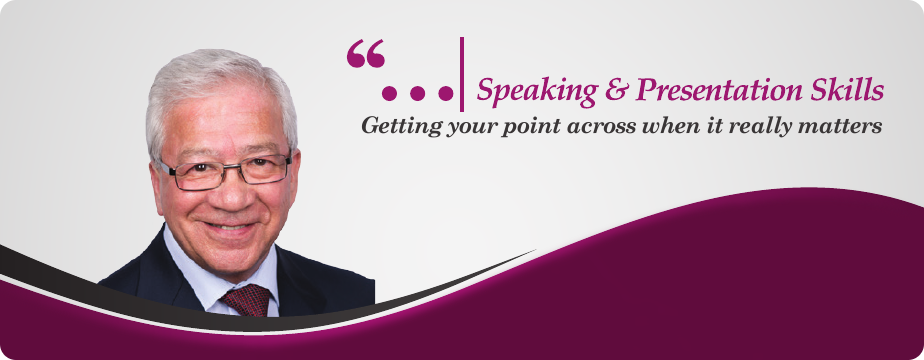Don’t make them say, “Get on with it!”
Recently I have watched a number of American How To videos on YouTube, and noticed a common trend that occurs also in American sales letters and motivational speeches. It’s a reluctance to get to the point.
One video was about improving your singing voice. That was the promise in the title. It opened with a question received from a fan who wanted to know the difference between the singing voice and the speaking voice.
The presenter talked about opera singers in the past, about vocal projection over the sound of an orchestra, about the modern use of the microphone, about the difference between theatre performances and solo singing, and the expectations of an audience.
She then compared the performances by different singers of the same song, and asked a series of rhetorical questions about each person’s vocal range, adding explanations of her own preferred key.
This took four minutes, and she had not yet started any instruction!
Another How To video was about learning to play a certain musical instrument. Half the short video was on setting the scene and describing the instruction that would be presented in a DVD set. The second half of the video was a demonstration of basic technique, followed by 2,000 words plus pictures, promoting the DVD set.
In general, there seems to be a tendency, in the Unites States, to tell you what you should be doing and why it would be a good idea. Along the way the speaker will bask in stories that illustrate what works and what does not. But the actual instruction is a long time coming. They tell you What and Why, but not How.
I’d call it the Prolix Tendency. It’s a form of self-indulgence by the presenter.
There is a better way to create constructive tension and build the listener’s desire for your solution. With the right structure, both in print and in sound, you can grab and hold the attention of your audience, so that they will follow you all the way and enjoy the journey.
Don’t make people cry, “Get on with it!”
